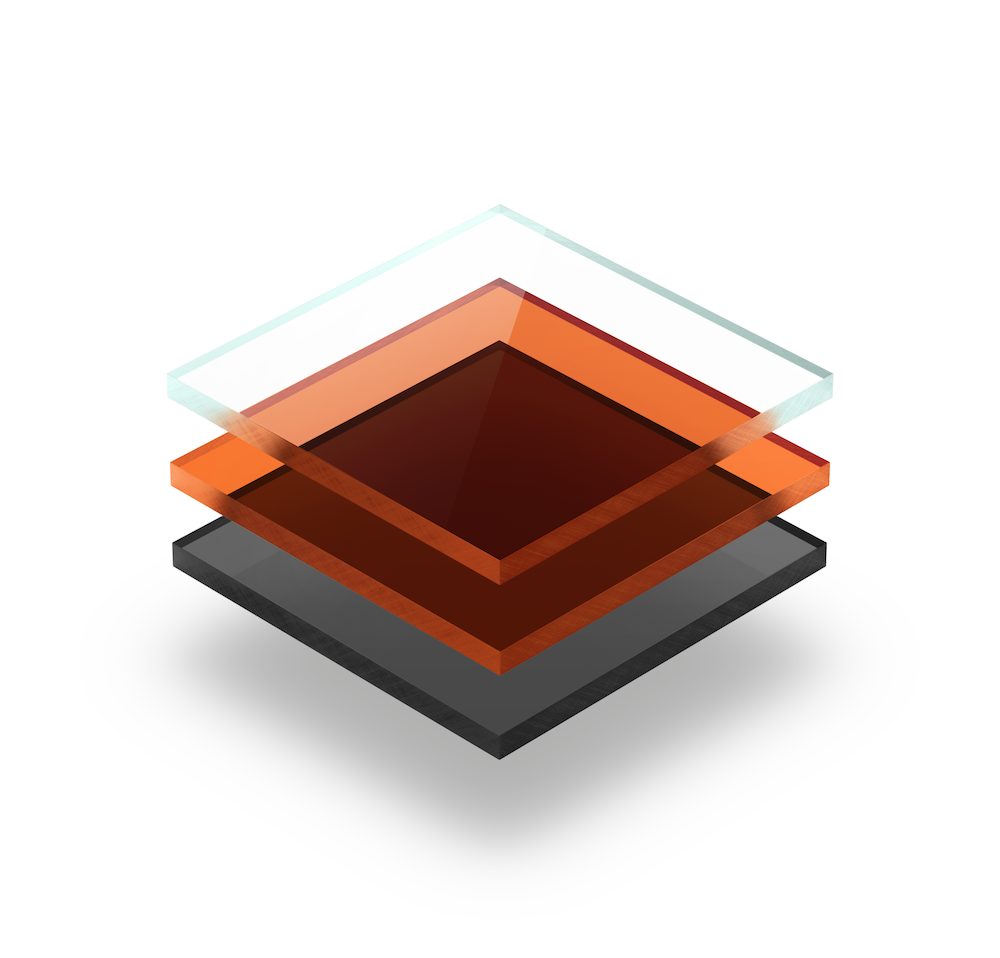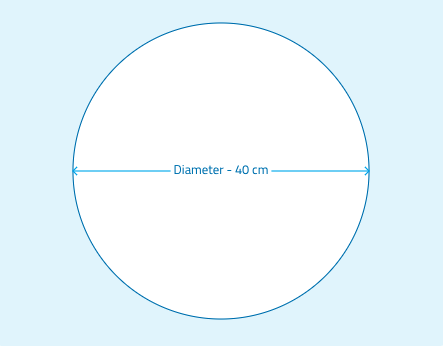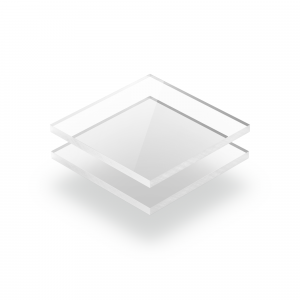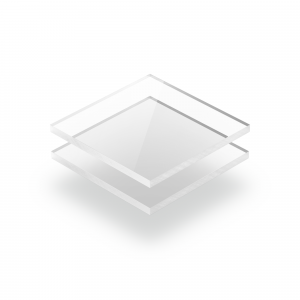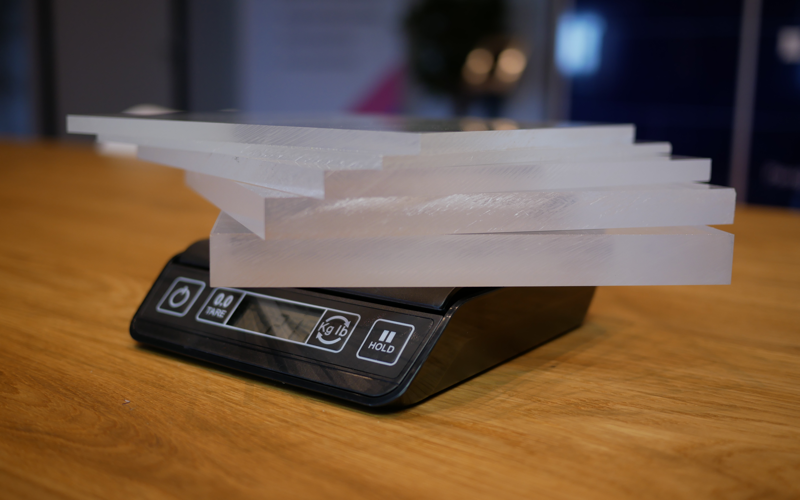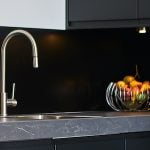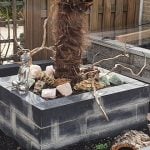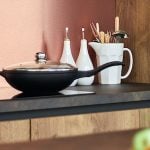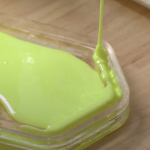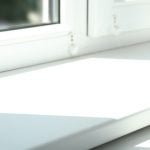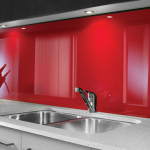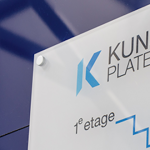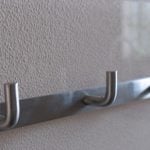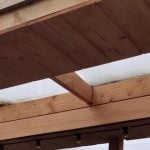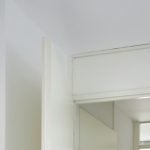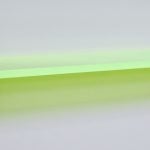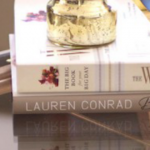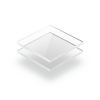What kind of material is Acrylic?
Acrylic is a plastic whose scientific name is “polymethyl methacrylate” or PMMA for short. The material is more flexible than glass, making it much more impact-resistant. The plastic is also lightweight, making it suitable for a variety of applications. The most well-known variant is the clear one, which is just as transparent as regular glass.
Fun fact: the material acrylic has been around for some time, approximately 100 years. Production really took off in the 1930s. It was first introduced to the market in 1936, and by now it has become indispensable!
Ideal replacement for glass
Its clarity, friendly price and high impact resistance make clear acrylic sheets the ideal replacement for regular glass. Acrylic sheet is also more flexible than glass and therefore less likely to break. This means that acrylic is often chosen for applications such as secondary glazing or skylights.
Other names you also may know Acrylic from
These other names of acrylic may look familiar to you. For example, you will have heard of the brand Perspex before, or the scientific name of acrylic: polymethyl methacrylate. This is often abbreviated to PMMA.
| Scientific name | Brand names |
|---|---|
| Polymethyl methacrylate, PMMA | Perspex, Plexiglas, Deglas, Versato, Paraglass, Altuglas, Vitredil, Vedril, Oroglas, Lucryl, Ispaglas, Crilux, Casocryl |
Recommended products
The advantages of Acrylic
Acrylic has several advantages. Acrylic is strong, impact-resistant, lightweight and friendly priced. The clear acrylic sheets are also as clear as regular glass. Acrylic glass is also water- and UV-resistant and easy to maintain.
1. Impact resistant
Acrylic is more flexible than regular glass, making it less likely to break. Moreover, if you do manage to break acrylic, the sheet will not shatter like glass. Acrylic will then crack or break into larger pieces. The impact resistance combined with not splintering makes acrylic very safe to use with children, animals or in the garden, for example.
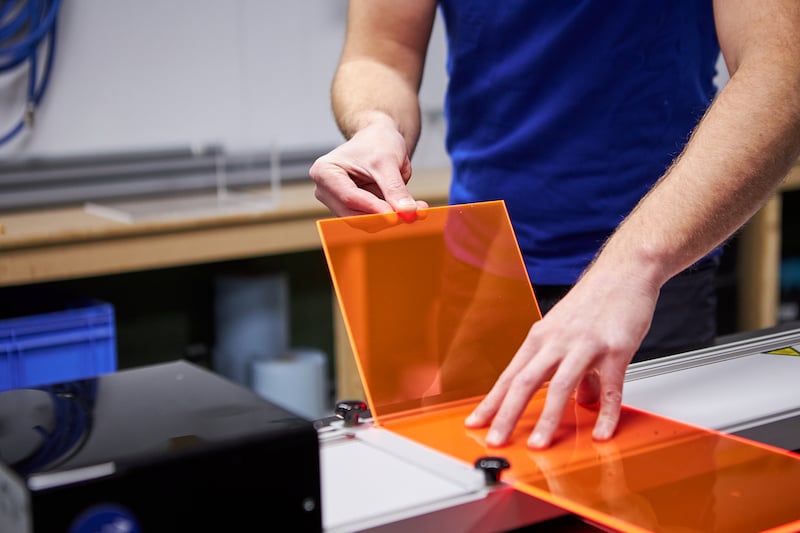
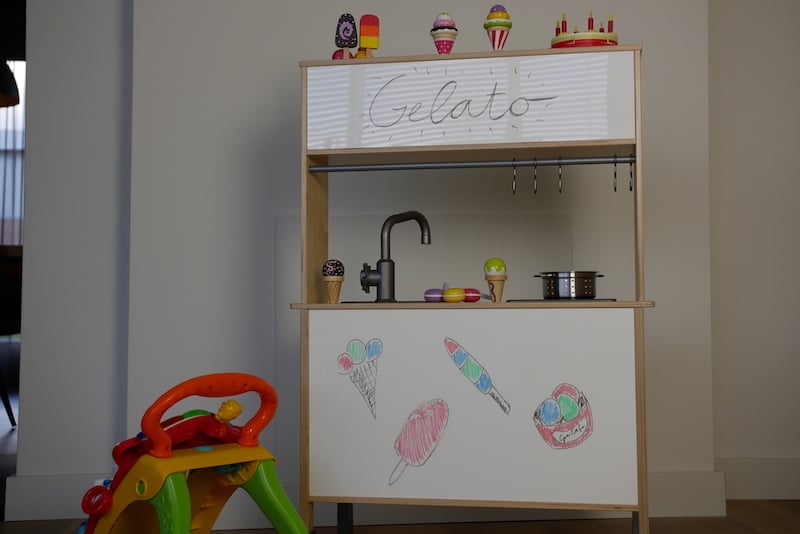
2. Lightweight
Compared to glass, acrylic is lightweight. This is good news if you are looking for a material for an application where the sheet must not weigh too much. Naturally, the thinner the sheet you choose, the lighter it will be.
3. Friendly price
Acrylic glass is friendly priced and, in addition, it is a durable material. This means you can enjoy the sheet for a long time. Moreover, acrylic is low-maintenance; a quick clean with mild soapy water and a soft cloth is sufficient. If there are any scratches on the sheet, you can always polish it with a polishing agent.
What is Acrylic mainly used for?
Acrylic glass is widely used by both professionals and DIY enthusiasts for all kinds of applications. These include making secondary glazing, a door awning, a kitchen wall panel or for windproofing animal pens.
Technical features
Below are the technical properties of acrylic.
Processing of Acrylic
Are you looking for trouble-free acrylic processing? Then we recommend you choose cast (GS) acrylic. It’s better to go for this type of sheet instead of an extruded (XT) sheet. This is because extruded (XT) sheets have a greater internal tension due to the way they are made. As a result, they are more likely to break or crack when you start processing them.
Below you will find all the processing options for acrylic sheets.
In which variants and colours is acrylic available?
Acrylic glass is available in a variety of versions. From the colour black, to crystal clear, and from tinted orange to reflective gold. In addition, acrylic sheets are available in different thicknesses and shapes, like acrylic discs. Each colour has different thicknesses available.
Thickness
Taking into account all the various sheets, acrylic is available in thicknesses ranging from 2 mm to 30 mm. The thinnest or thickest of these sheets are often only available in the clear variant. Of the other colours and finishes, specific forms of processing are possible for each colour or finish.
Colours
Acrylic glass is available in a variety of colours, shades and effects. There is, of course, the clear variant that most people will be familiar with. But apart from that, you can choose from a palette of colours and finishes. Below you will find all colours, such as blue, beige, red or green!
How acrylic plastic is made
The making of acrylic starts with a chemical reaction in a tank filled with sulphuric acid, hydrogen cyanide, methanol and acetone. Each manufacturer may vary the proportions slightly, but the outcome always produces a flow of PMMA. This is the raw material needed for the finished product. From here there are two methods to create an acrylic sheet: casting (GS) and extruding (XT)
Pouring the molten PMMA into a mould results in the most stable version of acrylic sheets. The sheet will become a product with almost no internal tension. Extruding the molten PMMA is a procedure which feeds the acrylic panels through a series of rollers, finally producing the acrylic sheet of the required thickness. One advantage of rolling the PMMA is a much faster and more efficient process. The main disadvantage is that this process increases the internal tension in the material. The internal tension in extruded acrylic sheets increases the chance of the sheet breaking when working on the material.

